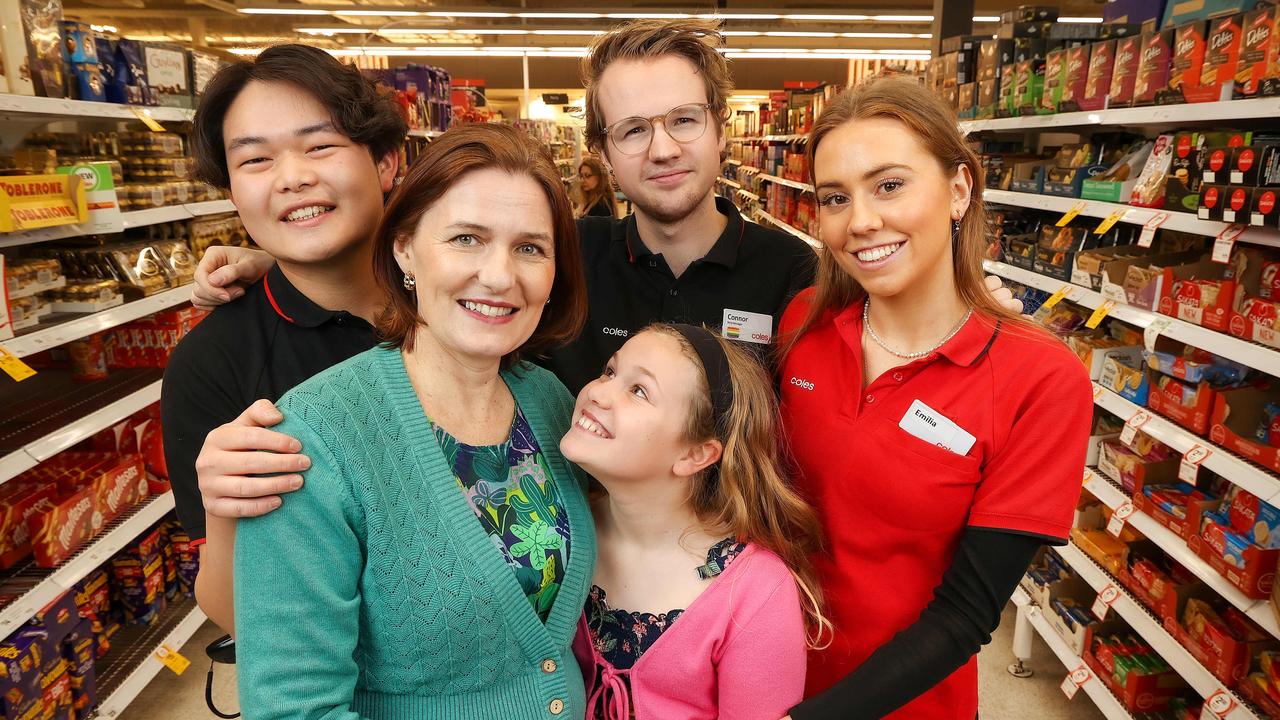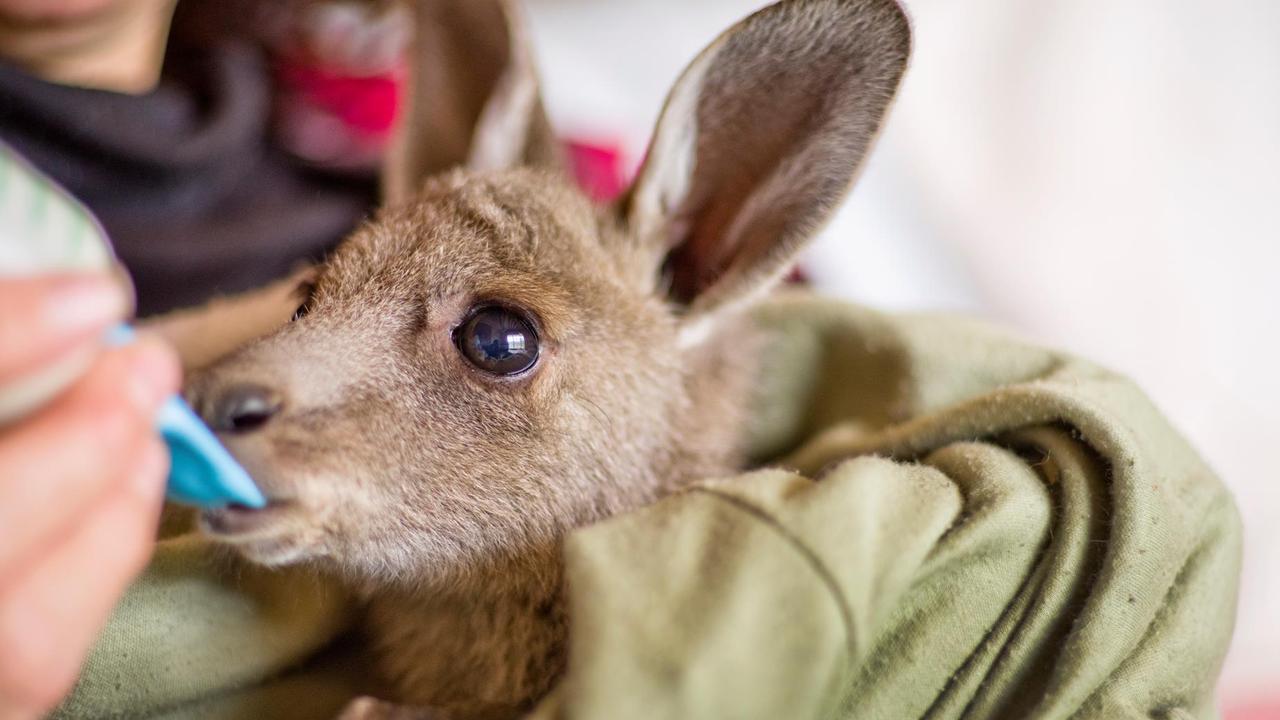These films showed the world how 1960s Melbourne, Geelong worked and played
THESE sun-drenched 1960s films gave migrants a glimpse of what life was like in Melbourne and Geelong. But was it really how we lived?

VIC News
Don't miss out on the headlines from VIC News. Followed categories will be added to My News.
- Honest Autocorrect: Melbourne edition
- Things Melburnians never say
- Massacre in the Botanic Gardens
- A history of the Melbourne tram
WAS Australia an idyllic workers’ paradise in the 1960s?
That’s the image the federal government projected when it produced a series of films about life in Australian cities.
Twelve such films, now held by the National Film and Sound Archive, were made between 1964 and 1966, including Life in Australia: Melbourne and Life in Australia: Geelong, to encourage migrants to settle here.
Both present some long lost images of Melbourne and Geelong at work and play and capture life in the Menzies era, but how accurate is that picture, and does it really matter?
Life in Melbourne
The short film loosely follows a young couple.


The man leaves his mother’s brick veneer house in the suburbs in his gleaming Holden and picks up his girlfriend at then new Housing Commission flats.
He drops her at work at a city department store and commutes to the Holden factory in Port
Melbourne.
The film features glimpses of footy at the MCG, well kept suburban streets, the engine line at Holden. workers at Station Pier, bustling city streets, commerce at city shops and the Queen Victoria Market and modern and Victorian era architecture in what was still a very low-rise Melbourne CBD.
Later, the couple meets a priest to discuss marriage, hits a swinging discothèque and strolls through clean, neon-lined city streets.

Life in Geelong
The Geelong film focuses on a family of five in the city’s industrial northern suburbs.
We see a primary and secondary school, the Corio bookmobile and the City of Geelong library, a pastiche of Geelong street scenes, children playing in the water at Eastern Beach and workers toiling away at Geelong Cement, Ford, Corio Quay, a meatworks, the Shell Refinery and various factories devoted to producing wool yarn and weaving yarns.
The Geelong mum is seen preparing a roast dinner in a modern kitchen, served as Dad arrives home in the family Holden.
At the weekend, they head to a surf beach for a picnic and a swim.
Christian religion features strongly in both films but especially in the Geelong film, which features scenes of several churches.


NFSA production co-ordinator Richard Carter says there is not a lot of official information about the films, but that they were used to attract British and European migrants.
The films are not narrated, relying on natural audio to help convey realism and allow live presenters to speak in the language of the audience to convey information about Australia.
But Mr Carter said the films do not refer to the Vietnam War or the social and political upheavals of those days, and no indigenous people featured in them.
“They are a propaganda film and in some ways aren’t too dissimilar to films that came out of Korea or China or Russia,” Mr Carter said.


“They are all a very middle class, white, prosperous people that are portrayed. It’s always
very family oriented.
“The families that are in them aren’t necessarily real families. Because people have now seen
them on YouTube … I know that in the Geelong film some of the kids have said, ‘That wasn’t
my real family. I was chosen as the son and someone else was chosen as the daughter and
they mixed up the parents’.”
But for many, the films strike a nostalgic chord.
“We get a lot of people saying, ‘That was my life growing up in the 1960s’. So they are a great time capsule,” Mr Carter said.
“Even though they were highly constructed, the images that they have captured are now a fantastic record of parts of life in Australia at that time.”


The 12 Life In Australia films have proven popular on the NFSA’s YouTube channel.
The Sydney film alone has attracted more than half a million hits.
“They get thousands of hits a day from all over the world, but particularly Australia, and they elicit a lot of nostalgia for people who would have been growing up at that time, in the ‘50s and ‘60s.”
Film-makers have used them to illustrate Menzies-era Australia including the recent ABC documentary series Howard on Menzies, Mr Carter said.


